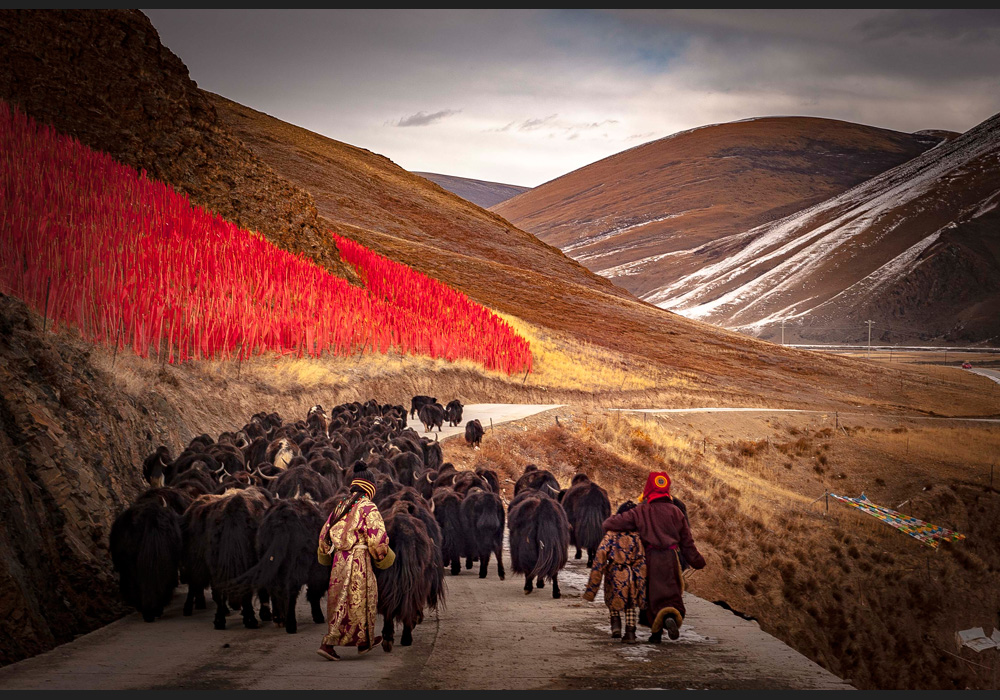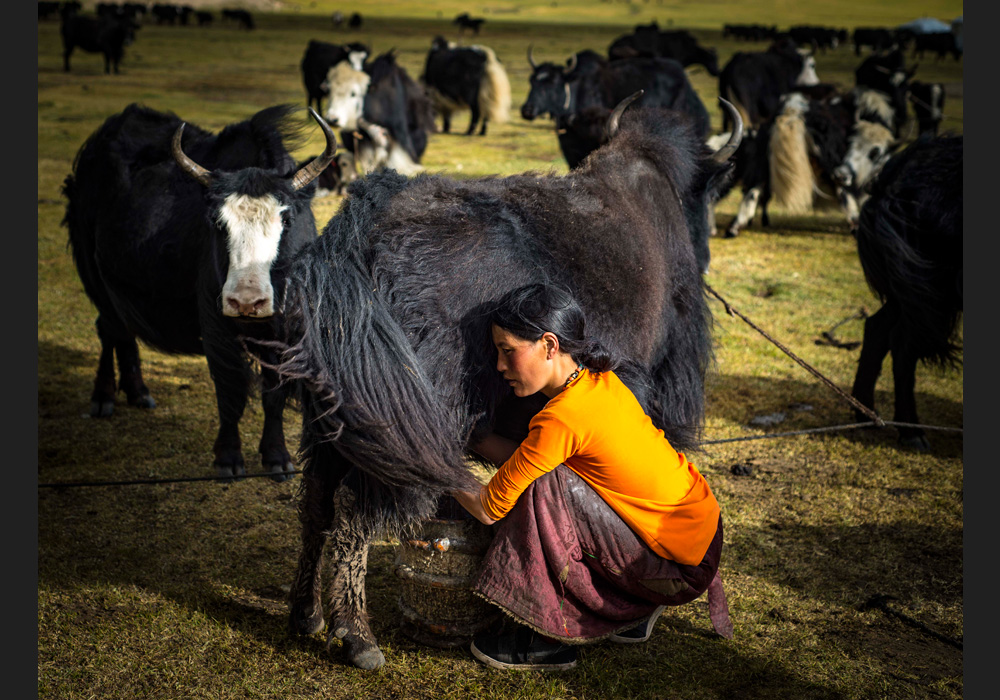
Enablers – the way we do things – drive society: unwittingly, haphazardly, and unpredictably. They often precede values, shaping and strengthening them, or constraining their content. Over time, values in turn inform the enabler’s scope: certain uses may become prescriptions or taboos. For example, the Greenland Norse rather starved than copy the Inuit in eating salmon and seal (see Collapse: How Societies Choose to Fail or Succeed by Jared Diamond). Enablers are never inevitabilities.

.
Feedback loops between enablers and values can grow complex, making causality hard to trace. Inversions occur, delighting revisionist historians. Here, the focus is the emergence of a primeval conflict – one that still echoes today in international political discourse: the relation with the ‘other’ – the enemy, or ‘evil’, as in ‘Axis of Evil’.
This conflict set nomads against sedentary agriculturalists. The settled derided nomads as barbaric, stateless plunderers. Beneath the derision lay fear of the mounted nomad, skilled in the parting shot, unwilling to stand and fight as Roman legionaries would.
How did nomadism emerge? Likely steps included:
- Domestication of the dog (by c. 5000 BC), essential for herd management
- Domestication of sheep and goats, controlled through the lead female, yielding herds of 100–200 for meat on the hoof
- Domestication of cattle for meat and leather
- Domestication of the horse, used in winter to uncover forage under snow and ice, extending pastoral range
- Selection of wool sheep, spurring trade and demand for larger herds
- Riding the horse, enabling one man and his dog to control 500 sheep
- Invention of the wheel with wagons and yokes, allowing mobility of larger herds (see Guns, Germs, and Steel: The Fates of Human Societies by Jared Diamond)
- Metallurgy for bits, arrows, and axles, enabling mobility and durability (see The Horse, the Wheel, and Language by David W. Anthony)
At this point, pastoralists became true nomads: roaming the steppe, dwelling in yurts, hunting, gathering honey and buckwheat, producing metal tools. Time horizon: c. 1000–500 BC, varying by region.

.
Increased mobility reshaped social structures. Mutual obligations arose vertically to clan leaders and horizontally through ‘guest–host’ relations, enabling orderly seasonal migrations. Beyond these ties lay the ‘other’. By 500 BC the steppe was fully populated with highly mobile peoples. Local variations abounded. Myths emerged as time capsules of garbled knowledge (see When They Severed Earth from Sky: How the Human Mind Shapes Myth by Elizabeth Wayland Barber and Paul T. Barber).
Raiding became a way to replenish herds or amass wealth. Distant raiding was preferred, and successful rustlers became heroes, fostering a heroic culture.
At the ecological border, nomads and farmers exchanged animals, metals, grain, wine, and women. But fragile boundaries could tip into raiding. Nomads like the Parthians even halted settled armies, as at Carrhae. Sometimes raids led to domination of the settled: killing elites, the nomads could replace them, leaving peasants largely undisturbed – as Genghis Khan did (see Genghis Khan and the Making of the Modern World by Jack Weatherford).
Nomadisation took about 5.000 years. Across this span, enablers stand out: society slowly adapted to constraints and innovations. Marx was not wrong to see materiality as a source of social change – but he erred in seeking predictive theory through ownership of production. Humanity’s daily struggle with reality, discovering enablers and their uses, is the true source of adaptation. Paraphrasing Darwin: from so simple a beginning endless forms of social life most beautiful and most wonderful have evolved.
The post was first published on DeepDip.
Explore more of Aldo Matteucci’s insights on the Ask Aldo chatbot.




